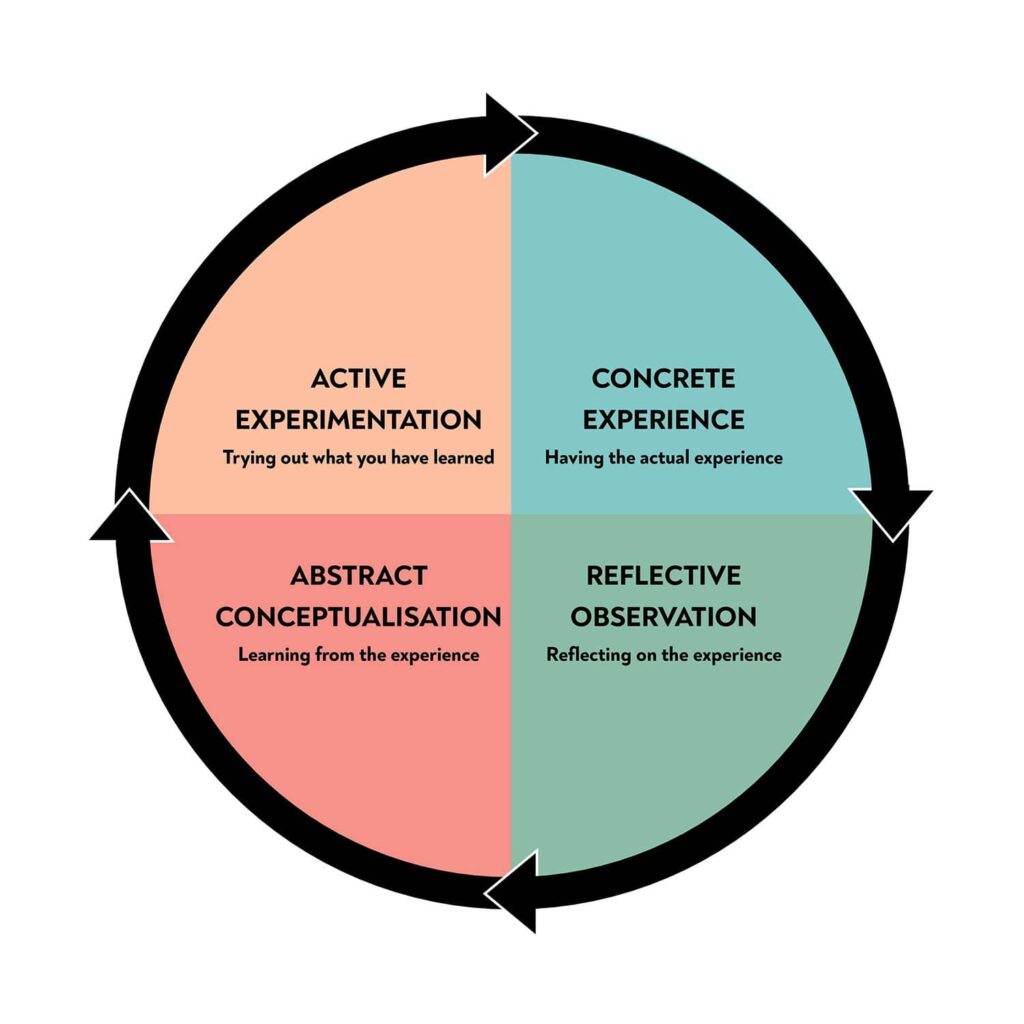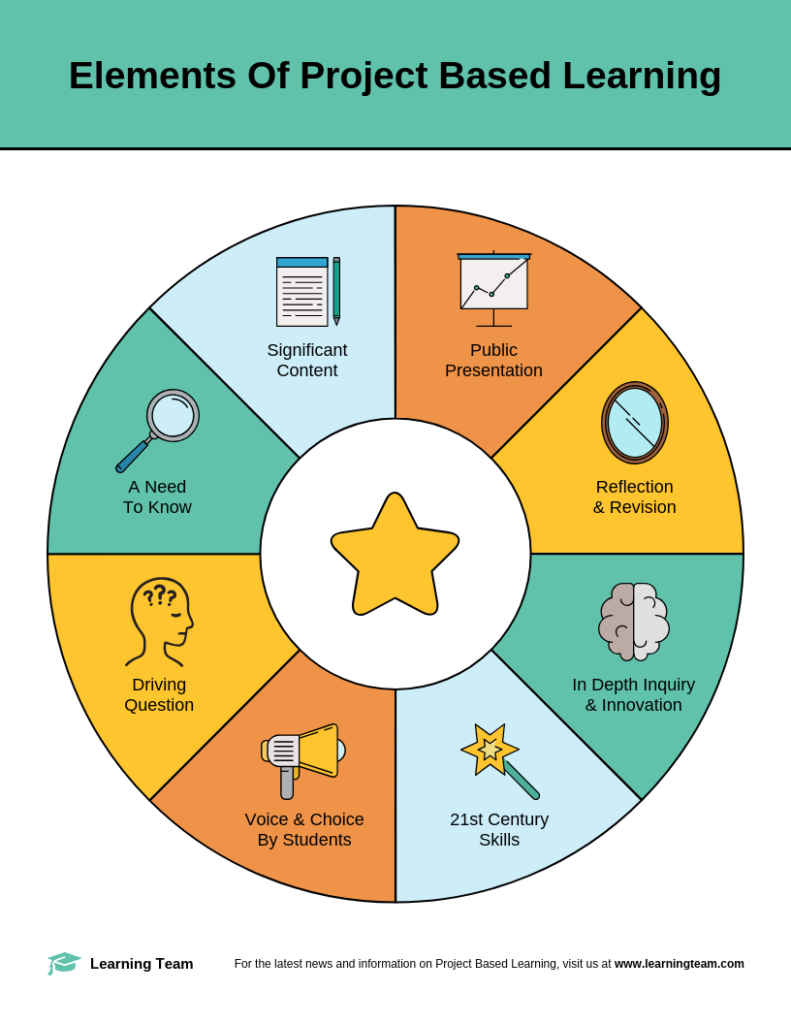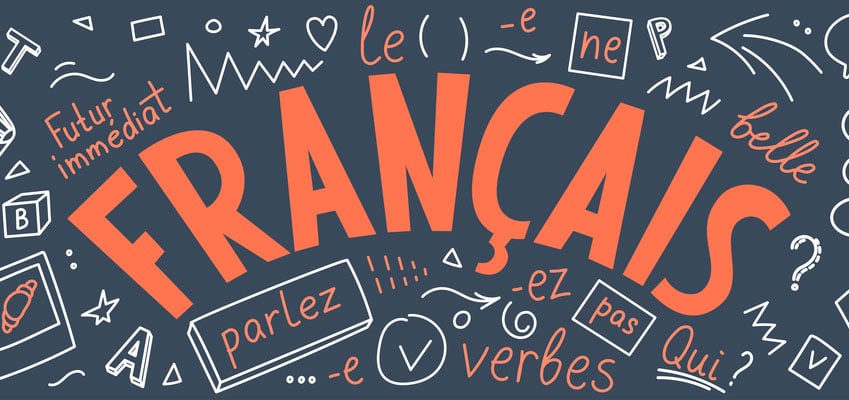
Learning Pod Being Reviewed: # 2
Peers’ Names: Caitlin, Sujean, Sarah, Alyssa, and Amelie
Interactive Learning Resource Topic: Growth Mindse
Learning outcomes
I loved the learning outcomes your group has developed. All five lessons have their own purpose which is reflected through the learning outcome and the assessment that follows. One thing I would note, however, is the learning outcome for lesson 5, which alludes to the learners’ “understanding that abilities can be developed and worked on through effort”. How exactly can students demonstrate that they have understood this concept? I would suggest changing the verb “understanding” to a measurable verb, like you’ve already done with lessons one to four (e.g., compare, identify, determine, etc.). This way the learners will be able to know exactly what it is they should be walking away with from that lesson and be sure they know how to present the learning outcome in a way that is predefined. Much like how you will be providing the rubric for your final summative assessment, adding a measurable verb in each learning outcome allows each learner to excel through having a good grasp on what is expected of them.
Alignment
I found the alignment of your interactive learning resource, including your lessons, learning outcomes, and assessments to be quite fluid, comprehensive, and a great example of universal design, as it is both accessible and easy to use.
Learning Context
I think you’ve selected a great audience for this interactive learning resource. However, I am hesitant to agree with the age group. Perhaps you could include some additional rational outlining how 10- and 11-year-olds can easily grasp the abstract concept of a growth mindset. If they are not yet at the age to fully appreciate abstract concepts, then perhaps they may require an additional lesson that eases them into the concept of a mindset, before defining the difference between a growth versus fixed mindset, as outlined in lesson one. More so, something that is important to consider when working with young children is how you deliver information. The words you would use to describe a growth mindset to a 20-year-old will be vastly different than the words you use to describe it to a 10-year-old, as chronological ages often reflect emotional ages. Perhaps it would benefit your learning resource to reflect on how you will deliver the content.
Interactivity
The interactivity of this learning resource is quite exciting. I especially love the use of the whiteboard in Zoom. One consideration, however, is how could this learning resource be adapted to foster an asynchronous design. Asynchronicity allows for student-teacher and student-student relationships to defy the bounds of space and time through taking advantage of an online learning environment. This would consequently improve the learning resource’s universal design through making it more easily accessible to all learners. Some food for thought!
Inclusivity
In relation to your efforts to include ELL students, I think your group’s idea of encouraging learners to share their unique cultural experiences is a great example of constructivist learning, because it takes a true piece of who they are and what they already know and applies it to their learning to propel them into forming conceptual connections beyond the content provided. This really emulates the beauty of universal design as well, because through creating a learning resource that is easily accessible for ELL students, it fosters an enriched learning environment for all learners! Well done.
Rational for Technology
All five technology resources seem to compliment your learning resource nicely. More so, your carefully outlined rational for their application tells me you’ve put much thought into their purpose and place in your learning resource. One thing you may consider, is to add some rational that speaks to where you hope to employ each technology and specifically why it is more beneficial for some areas of the learning resource than other areas.
Presentation
I would have liked to see some sort of rational for how you envision the learners will be guided through the learning resource. Such as, the layout and navigation of the website. Will it be as comprehensive as possible with ample amount of direction each step of the way to accommodate for the age group of the audience, or perhaps it will be more open to interpretation to foster the experiential approach.
Feedback
Feedback is an integral part of any great learning resource. It acts as a checkpoint for learners to reflect on what they’ve learnt so far and readjust or revisit concepts as needed. It also propels learning through providing learns with new ways of viewing the information they’ve acquired. Your group has done a good job at implementing both formative activities and one final summative activity strategically throughout the learning resource, but the feedback aspect could be improved. I would encourage you to reflect on each activity you’ve created and ask yourselves how feedback could be provided. Then, ask yourselves if the feedback offers the learner a solid and applicable assessment of their ability to demonstrate what is being outline in the learning outcome, if the feedback is offered through a universal design approach (just as the content needs to be offered easily and accessibly to the learners, so does the feedback), and if the feedback gives more than criticism or appraisal (feedback can act as a tool to reassess, but also to propel learning through offering additional resources for areas that require closer attention).
More on feedback, your learning resource’s final summative assessment includes the use of a rubric. You may consider providing some more rational for how the summative assessment’s rubric will look, and how learners will know they have successfully completed the learning resource, i.e., do they need a certain grade to pass?
Additional considerations
Something to consider is the application of more learner-generated interactions between the learner and the material, which implicitly encourages reflection or analysis of the content to foster a constructivist approach to learning.
One idea is to provide some additional technologies that are optional, such as articles, videos, TV shows, etc., that are already engrained with opportunities for learner-generated interactions.
Regarding your references, I would encourage you to add a reference for all externally sourced concepts, such as universal design (in the design for inclusion of diverse learners section).
Overall Opinion
Overall, I was really impressed with your group’s interactive learning resource. It seemed very engaging and well thought through. I think that with the additional considerations I have outlined in the comments above, it holds the potential to be a very useful tool for many audiences. Well done.

Image sourced from Google Images.
Questions / Comments
Learning Pod 2, if any of you have questions or comments on my feedback on your interactive learning resource, please send me a message through brightspace and we can discuss!



Recent Comments